If you've ever asked yourself, "How much does a bench press bar weigh?", you're not alone. It's a crucial question whether you're a beginner setting up your home gym or an experienced lifter aiming for precise progress tracking. Barbell weight directly affects your lifts, your training outcomes, and even your safety. Yet, not all bench press bars are created equal. From standard bars to Olympic and specialty designs, there's more to this topic than meets the eye.
Let's break it all down so you'll never have to guess again.
Why Knowing the Bar Weight Matters
Before we dive into the numbers, let's quickly discuss why it's important to know how much a bench press bar weighs:
- Accurate tracking: Your workout log is only helpful if the numbers are real. Guessing bar weight throws off your whole record.
- Progression planning: Overload matters. Adding weight too fast or not fast enough affects results.
- Safety: Lifting more than you think could lead to injuries, especially if you're not warmed up.
- Competition prep: If you plan to compete, you need to train with the same equipment standards.
Now, let's get into the different types of bench press bars and what they actually weigh.
Standard Barbell vs. Olympic Barbell
Standard Barbell
A standard barbell is what you might find in a typical home gym setup or a department store weight set. Here's what you need to know:
- Weight: Usually between 15 to 25 pounds (6.8 to 11.3 kg)
- Length: Typically 5 to 6 feet long
- Sleeve Diameter: Around 1 inch; fits standard (non-rotating) weight plates
- Use Case: Great for beginners, lighter lifts, and small spaces
Keep in mind that standard bars aren't as durable or stable under heavy loads.
Olympic Barbell
This is the gold standard in most commercial gyms and competitions:
- Men's Olympic Barbell: Weighs 45 pounds (20.4 kg)
- Women's Olympic Barbell: Weighs 33 pounds (15 kg)
- Length: 7 feet for men, 6.5 feet for women
- Sleeve Diameter: 2 inches; fits Olympic weight plates and allows sleeve rotation
Olympic barbells are built to withstand serious weight and stress. They often have a center knurl (for squats), whip (flexibility under load), and higher tensile strength.
Specialty Bars for Bench Press
Beyond standard and Olympic bars, there are other bars that lifters might encounter. Let's explore them:
Powerlifting Bar
- Weight: Usually 45--55 pounds (20.4--25 kg)
- Features: Stiffer than Olympic bars, with aggressive knurling for better grip
- Use Case: Used in bench press, squat, and deadlift competitions
Powerlifting bars are specifically designed to reduce whip and offer more grip stability under max loads.
Swiss Bar (Multi-Grip Bar)
- Weight: Around 35--45 pounds (15.8--20.4 kg)
- Shape: Rectangular frame with multiple neutral-grip handles
- Use Case: Ideal for reducing shoulder strain, especially for those with injuries
Because of the unique design, Swiss bar weight can vary between brands.
Safety Squat Bar (Occasionally Used for Bench Variants)
- Weight: 60--70 pounds (27--32 kg)
- Not Typical: Rare for bench press but occasionally used in variations for powerlifters
- Features: Padded yoke, cambered ends
Its shape makes it easier on the shoulders and upper back but can be unwieldy for standard benching.
How to Tell How Much a Bar Weighs
Don't want to guess? Good call. Here's how to accurately determine your bar's weight without relying on assumptions or vague estimates:
Check Manufacturer Labels
Start by inspecting both ends of the bar near the sleeves. Many manufacturers stamp or etch the bar's weight directly onto the metal or place stickers indicating the bar's specs. If the label is missing or worn off, make a note of the brand and model so you can look up specs online.
Weigh the Bar Directly
The most foolproof method is weighing the bar yourself. Use a digital scale:
- First, step on the scale by yourself and note your weight.
- Then, step on the scale while holding the barbell.
- Subtract your weight from the total to get the bar's weight.
For more accuracy, try weighing just the barbell on a flat bathroom scale (laying it horizontally across the center). Just be careful to center it so the reading is accurate.
Ask the Gym Staff
If you're working out at a gym, the staff should be able to tell you exactly what type of barbell you're using and how much it weighs. If they can't—or worse, give inconsistent answers—it may signal poor equipment management or staff training. That's worth considering when choosing your gym.
Look at Key Visual Features
You can often make an educated guess about a bar's type and weight based on visual cues:
- Length: Standard bars are generally around 5--6 feet, Olympic bars are 7 feet.
- Sleeves: Olympic bars have 2-inch rotating sleeves; standard bars usually have 1-inch non-rotating sleeves.
- Knurling: Look for the type and placement of knurling. Olympic bars for competition often include center knurling and finer, more uniform patterns. Powerlifting bars tend to have aggressive, deep knurling for grip.
- Color and Coating: Some high-end bars come in chrome, zinc, or cerakote finishes that can also be associated with specific weights or barbell types.
Combining all of these tips can help you get a highly accurate estimate—or definitive answer—about your bar's weight.
Quick Comparison Chart
| Bar Type | Typical Weight | Notes |
|---|---|---|
| Standard Barbell | 15--25 lbs (6.8--11.3 kg) | Lightweight, non-rotating sleeves |
| Olympic Barbell (Men's) | 45 lbs (20.4 kg) | Standard for most gyms |
| Olympic Barbell (Women's) | 33 lbs (15 kg) | Slightly shorter and lighter |
| Powerlifting Bar | 45--55 lbs (20.4--25 kg) | Stiffer, more knurling |
| Swiss Bar | 35--45 lbs (15.8--20.4 kg) | Multi-grip, varies by brand |
| Safety Squat Bar | 60--70 lbs (27--32 kg) | Rarely used for bench, very heavy |
Why This Info is Crucial for Lifters
Let's wrap it up with why this isn't just trivia—it's essential knowledge for anyone serious about strength training.
- Consistency in Progress Tracking: If you bench 135 lbs one day on an Olympic bar and 120 lbs another day using a lighter bar, you've lost track of your gains.
- Preventing Plateaus: Misjudging bar weight can slow progression by under- or overestimating your lifts.
- Safety First: Overloading because you underestimated the bar weight can lead to pulled muscles or worse.
- Competitive Readiness: Most competitions use 20.4 kg (45 lb) Olympic bars. Training with different weights skews your prep.
Final Thoughts
So, how much does a bench press bar weigh? It depends. From 15 pounds to as much as 70, the variety of bench press bars out there can seriously impact your lifting results. Knowing your bar type—and its exact weight—sets you up for consistent progress, safer lifts, and smarter training decisions.
When in doubt, don't guess. Weigh it. Because every pound counts when you're chasing strength.

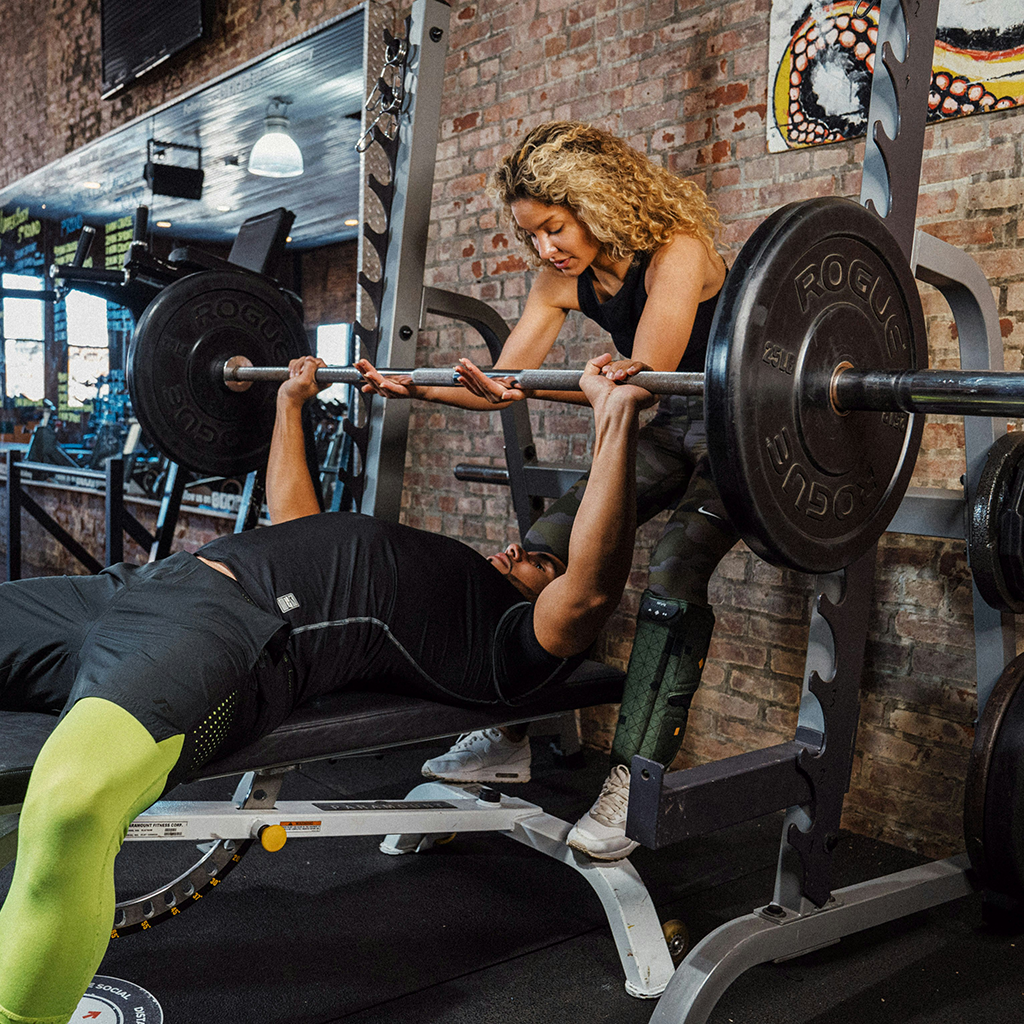


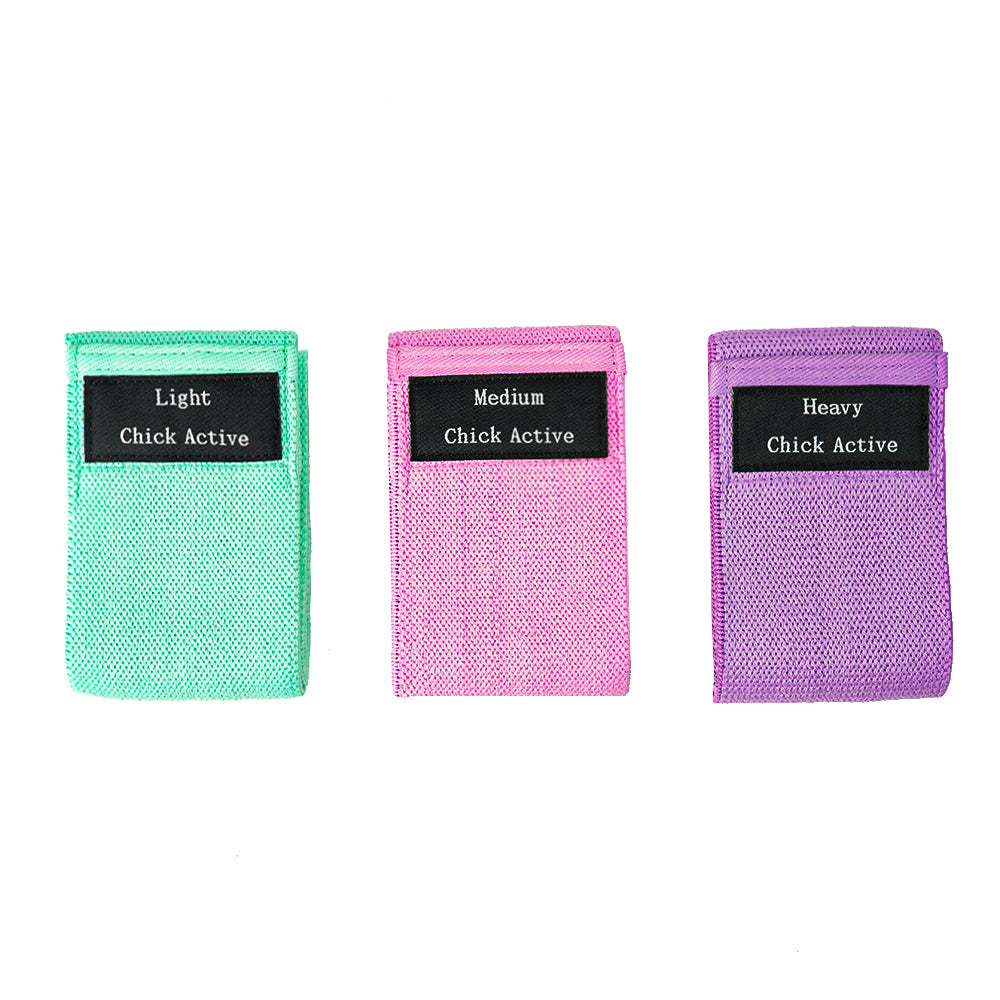
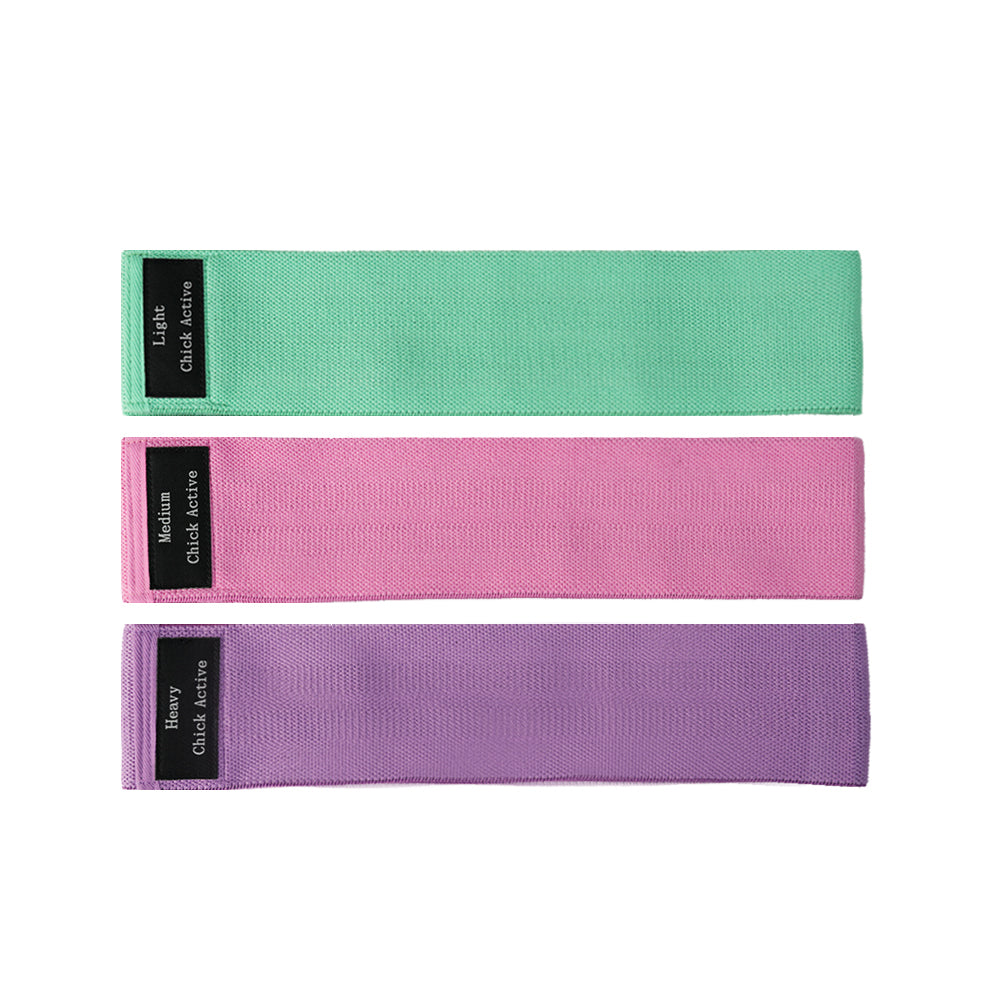


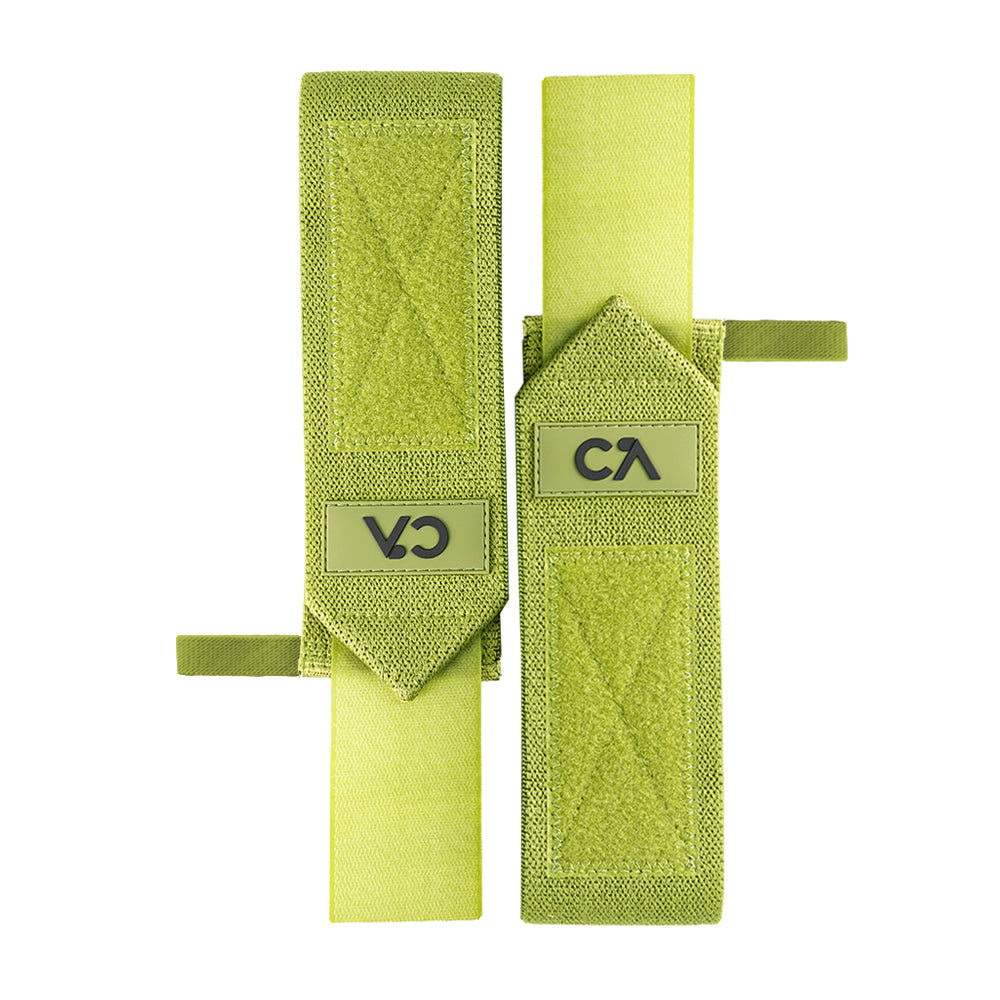
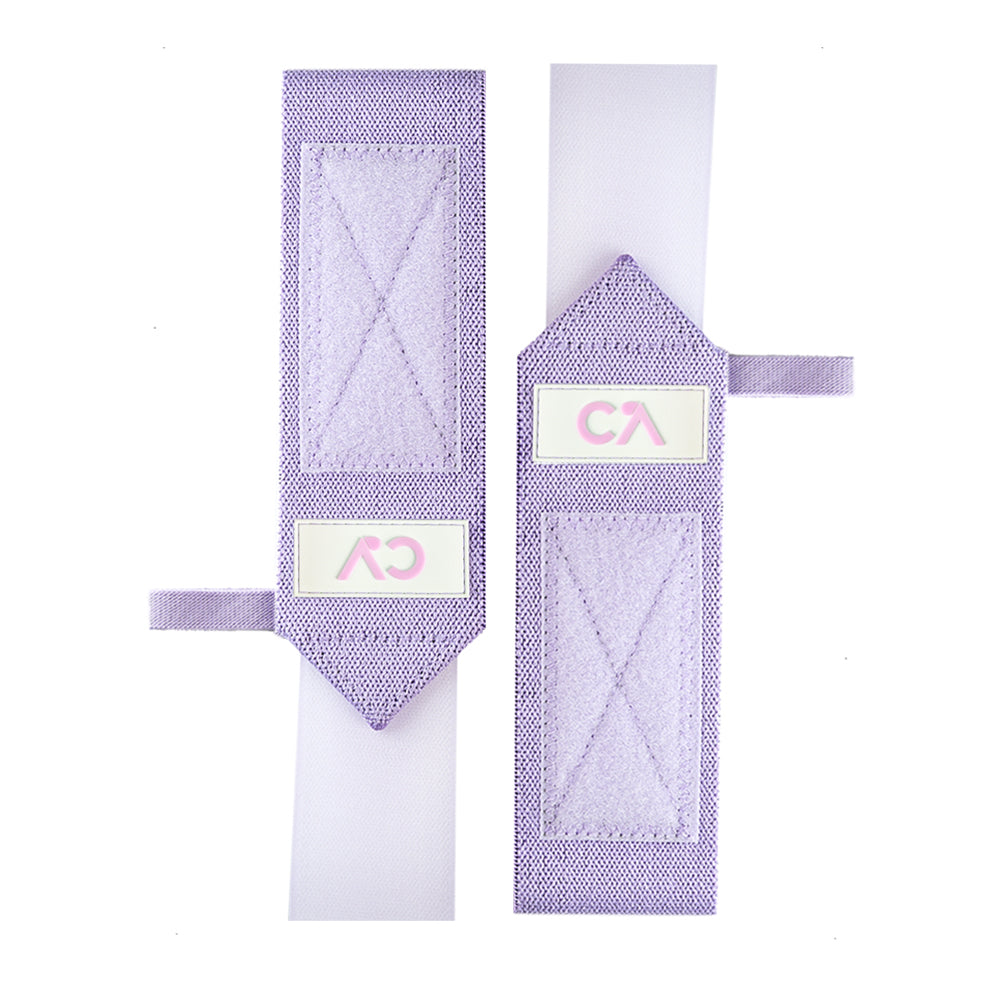
Leave a comment
All comments are moderated before being published.
This site is protected by hCaptcha and the hCaptcha Privacy Policy and Terms of Service apply.